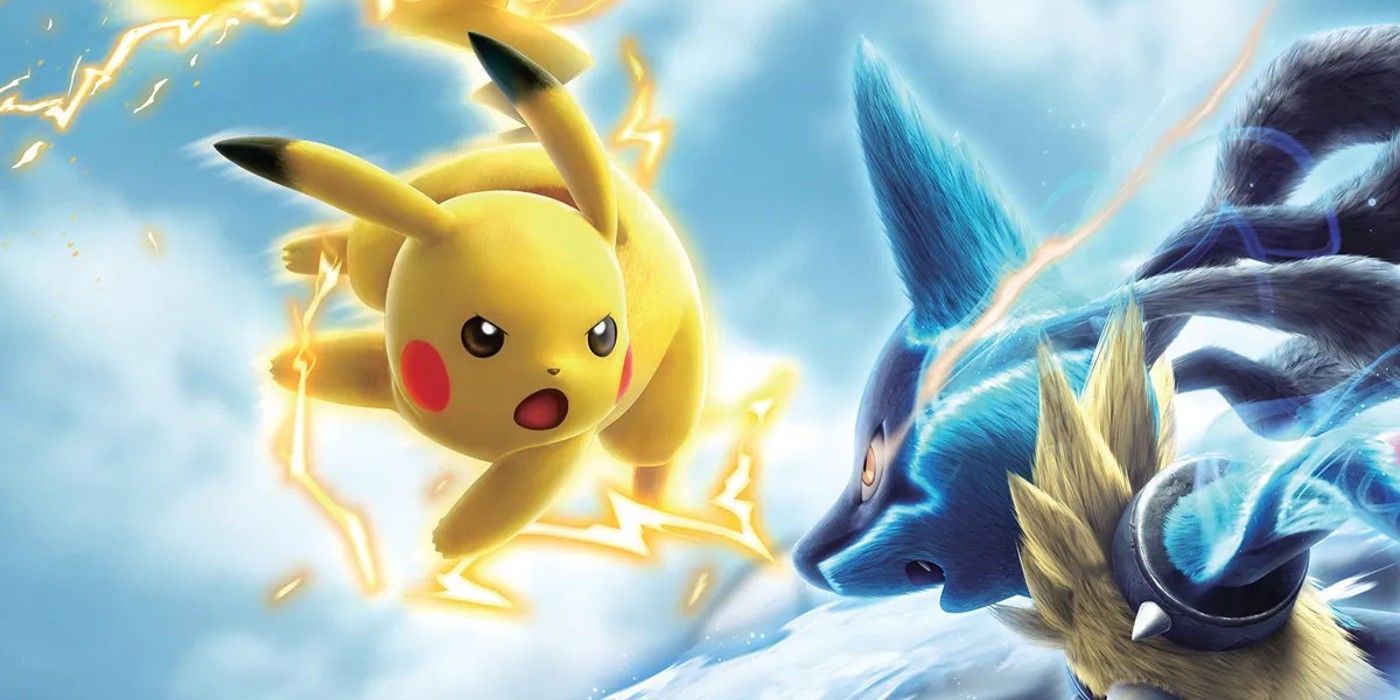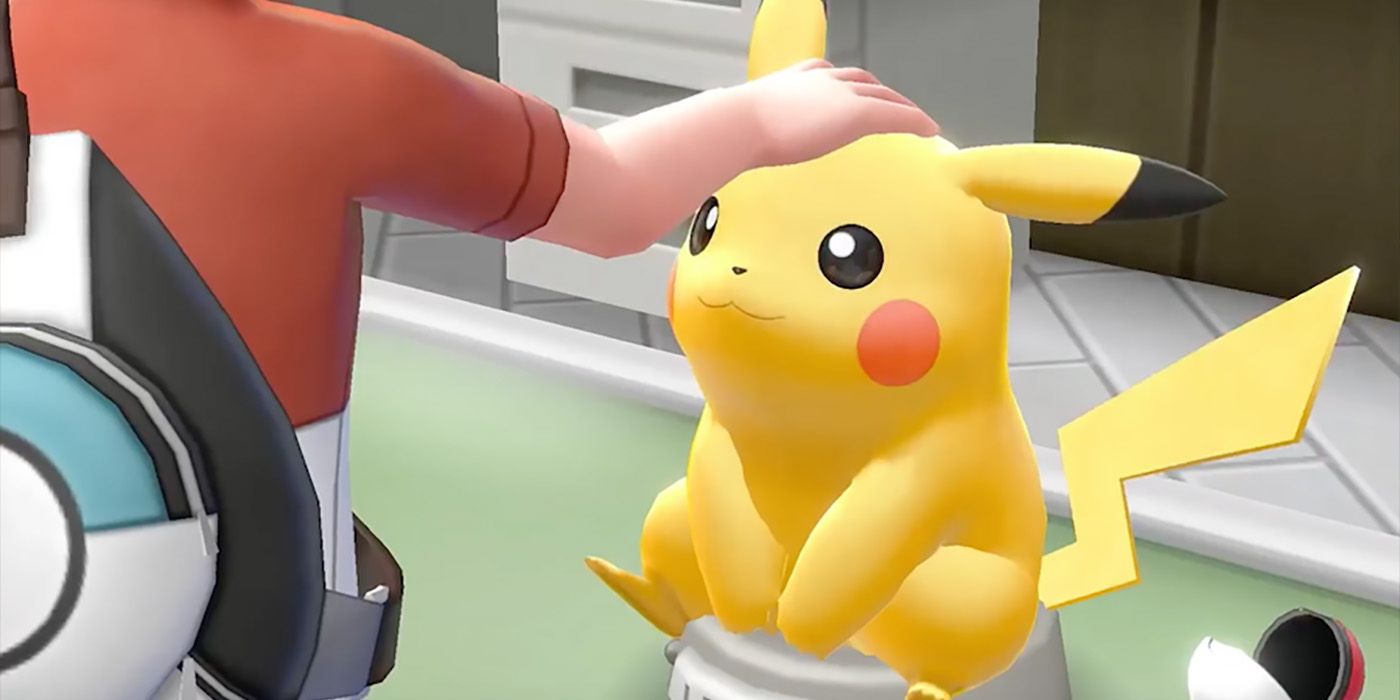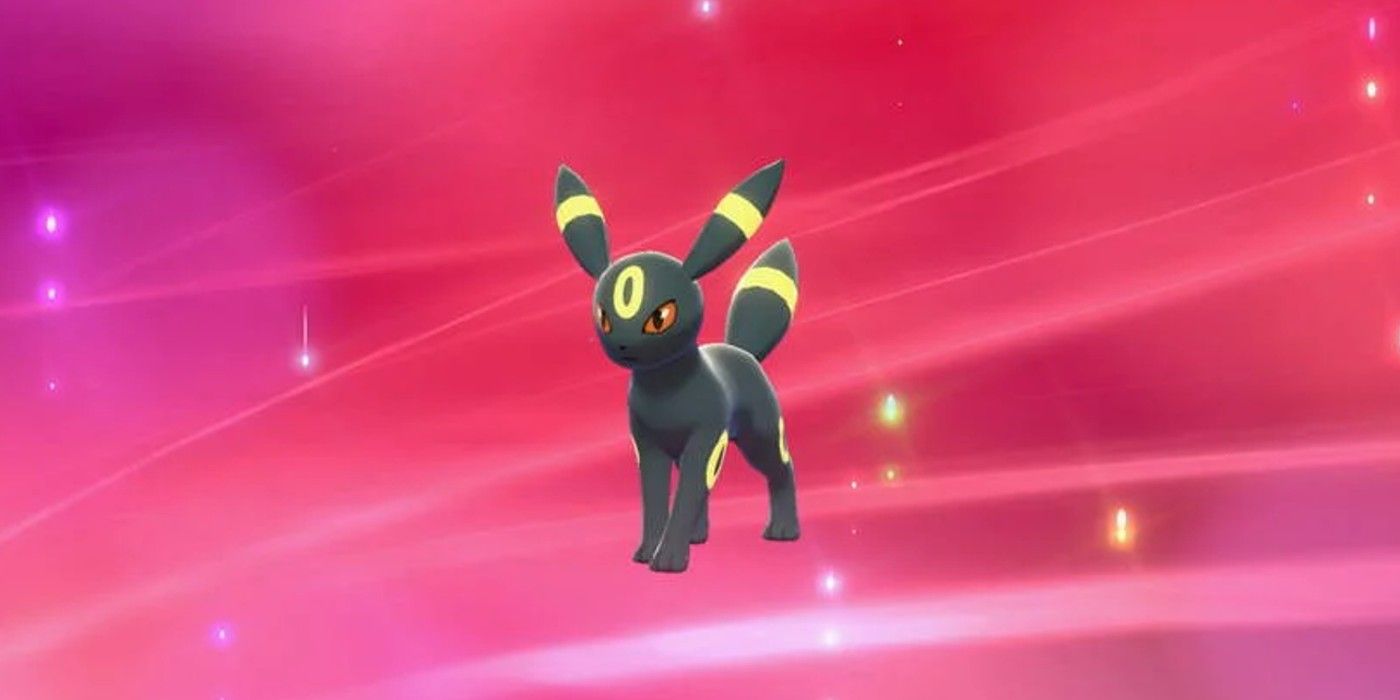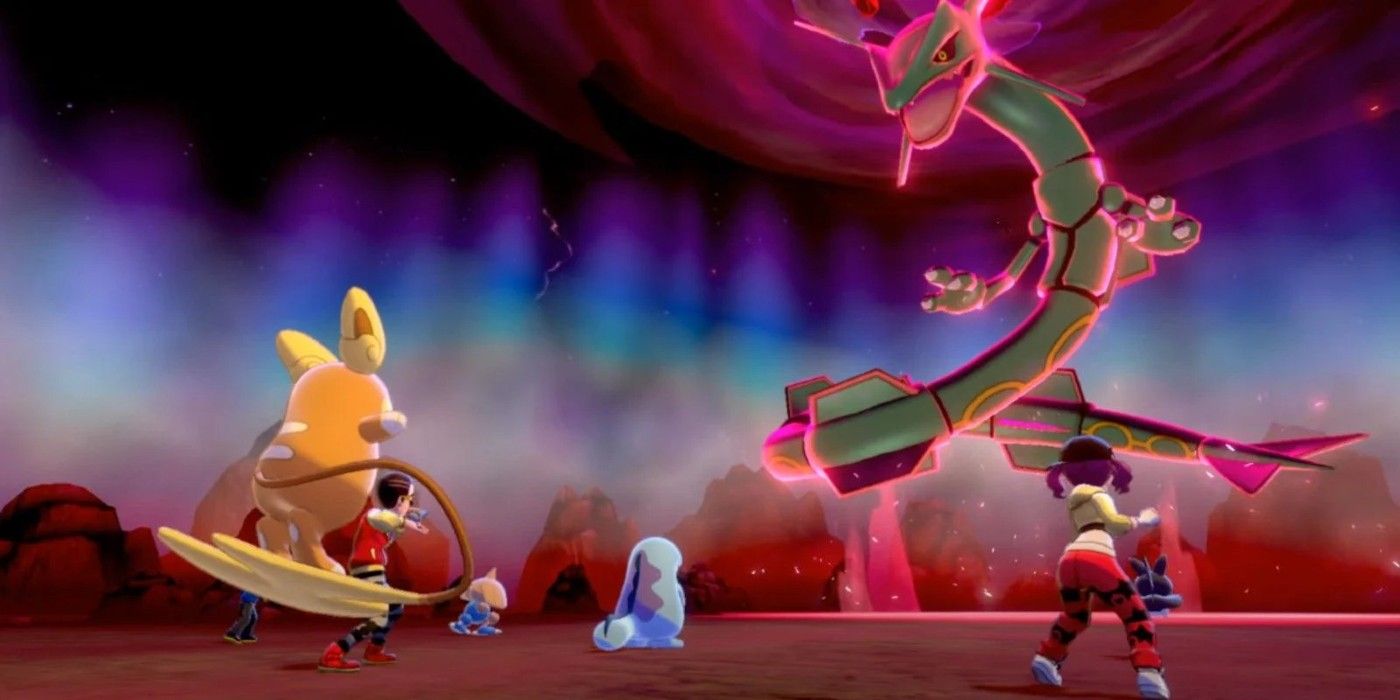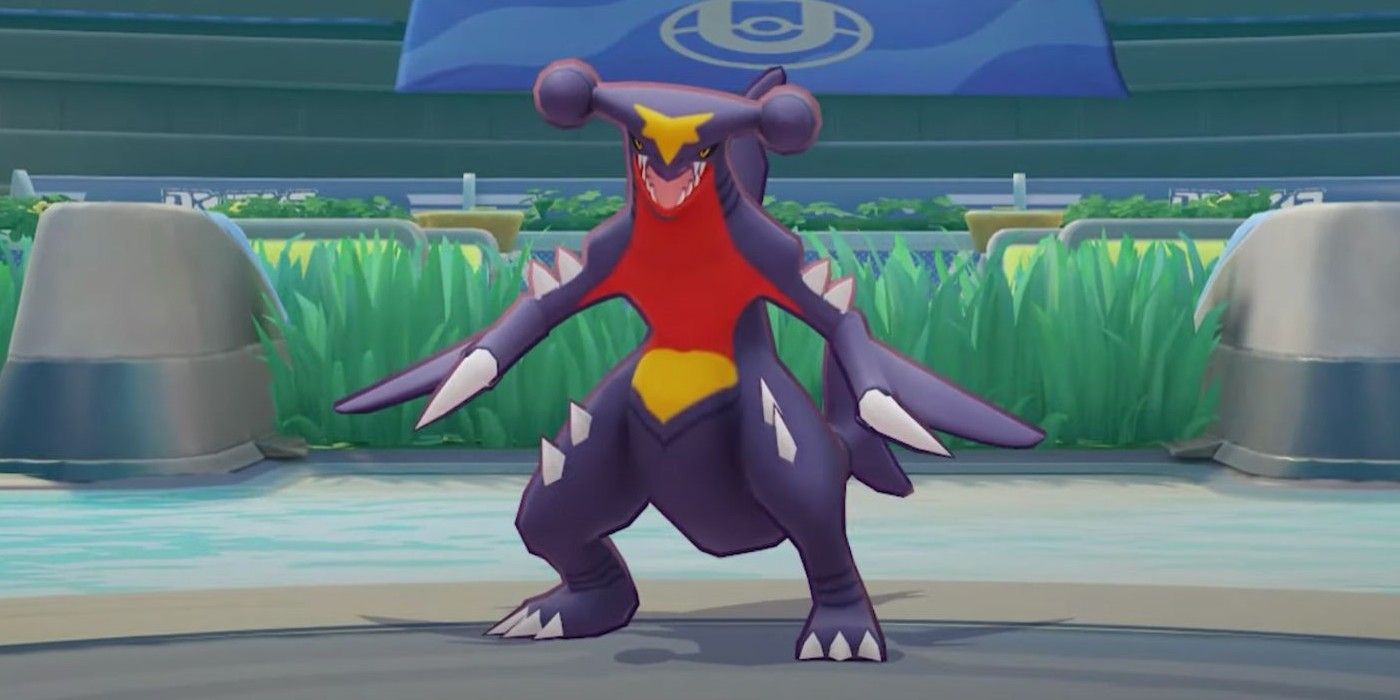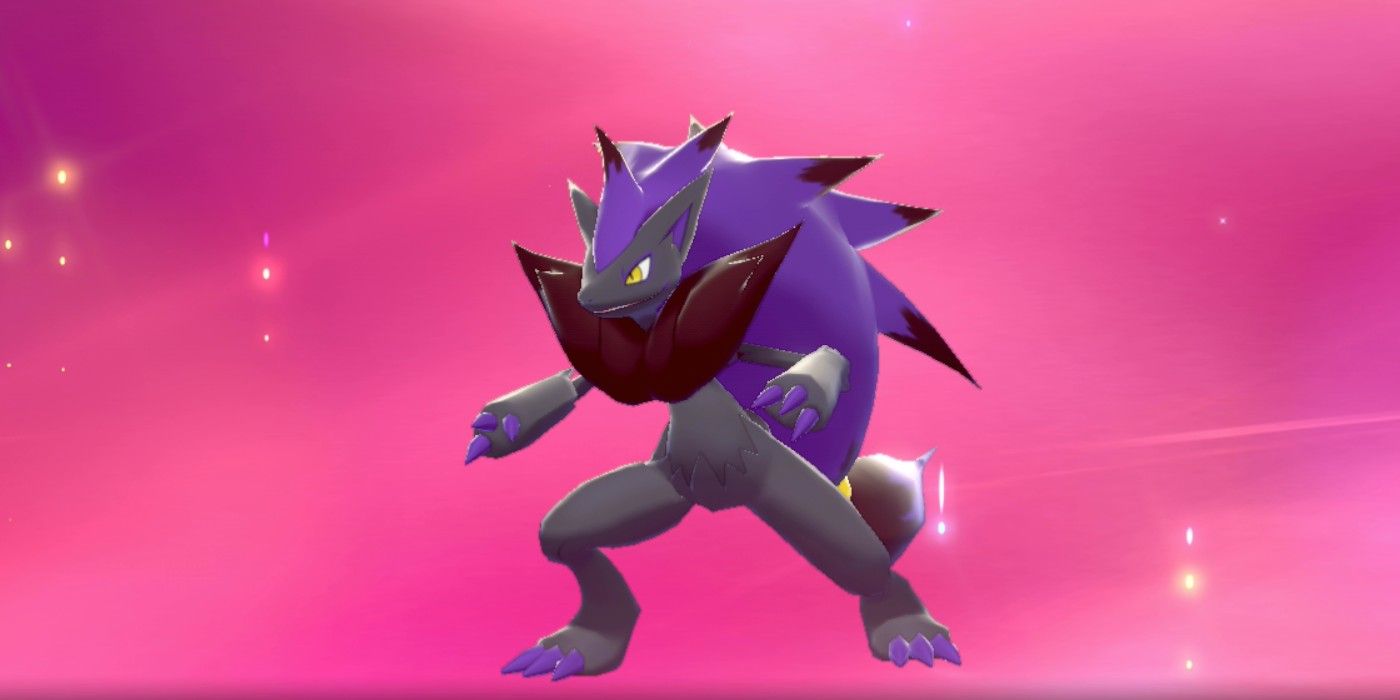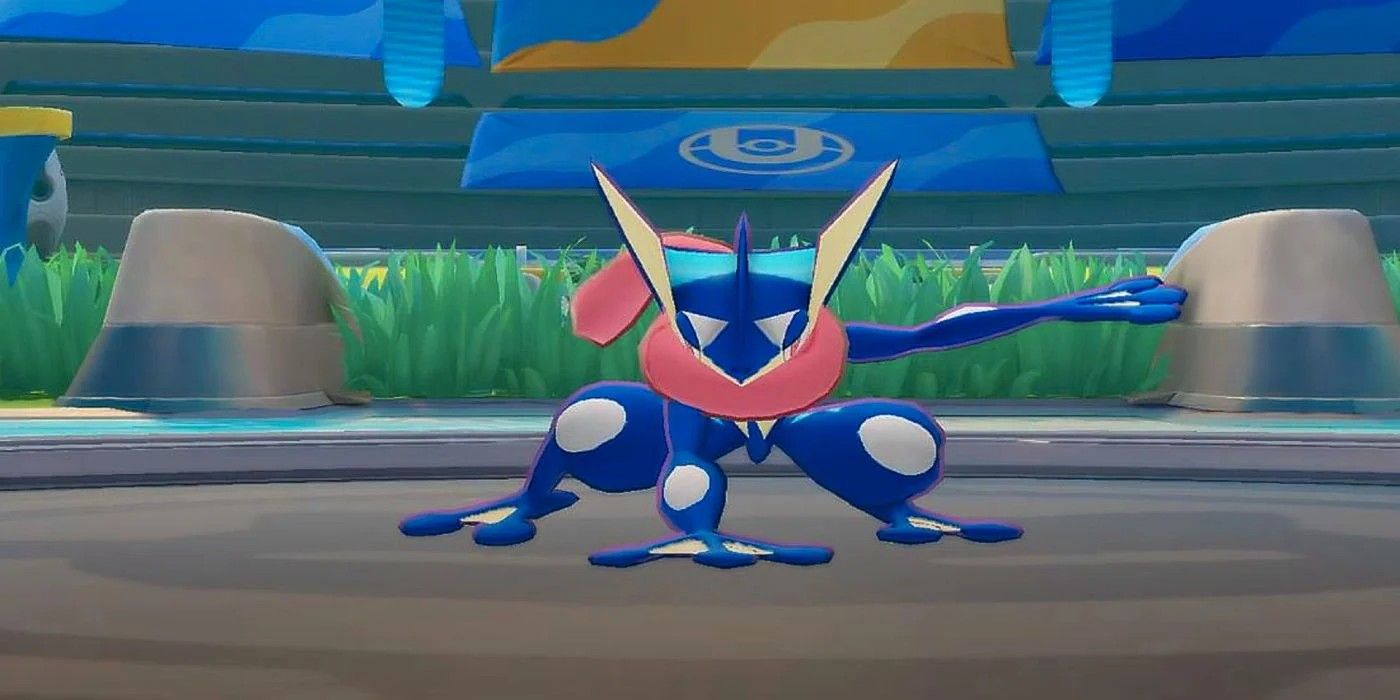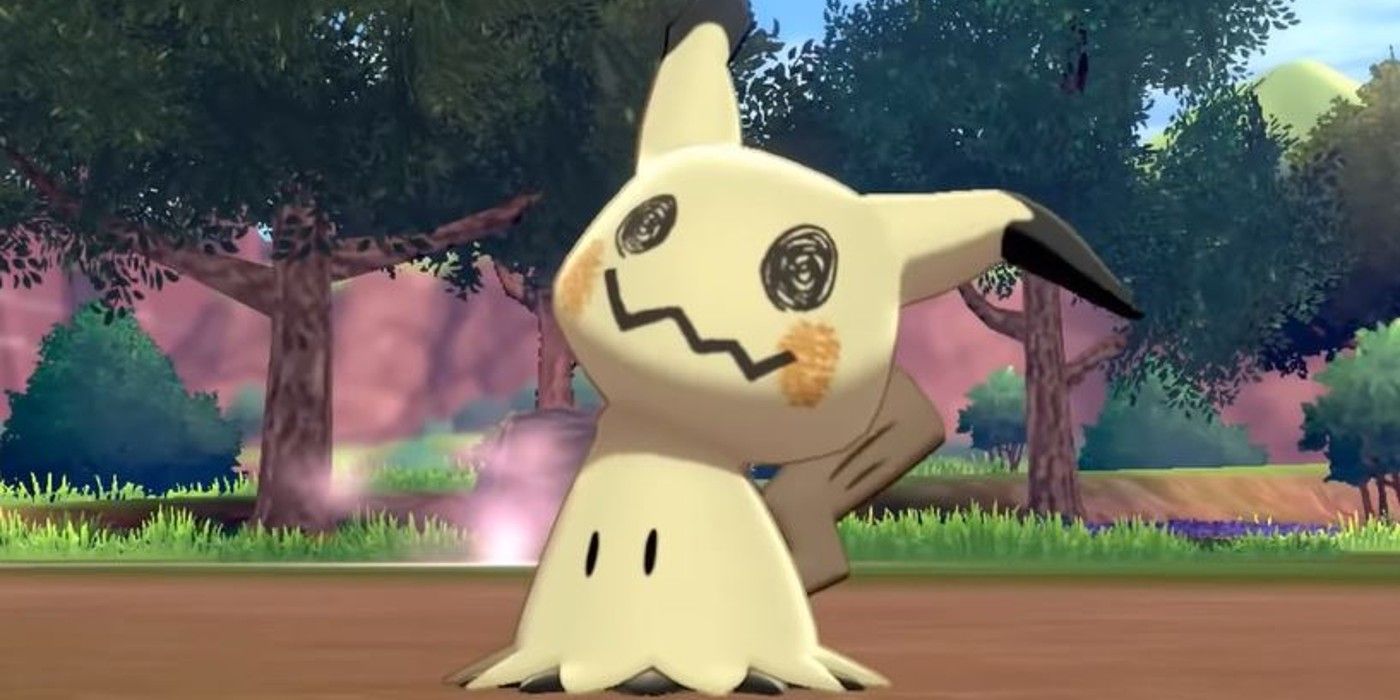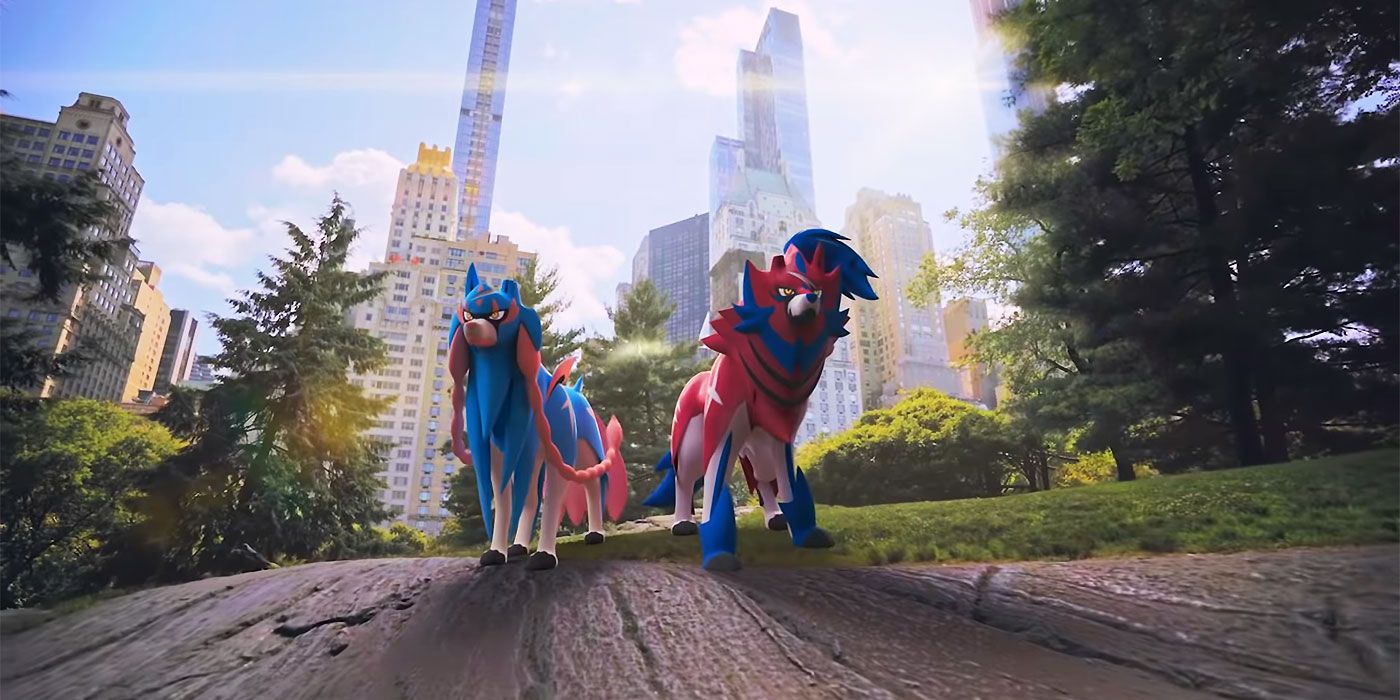In each generation of Pokémon games, Nintendo creates a new collection of monsters to catch and train, with every game touting an iconic monster to represent their region, story, and popularity. While starters and legendaries become some of the most amazing creatures in each title, many monsters encompass the spirit of their respective generations or regions. Even as Nintendo creates remasters of fan-favorite games, certain Pokémon remain symbolic of their generation.
Pokémon is a wildly popular franchise spanning over two decades and features nearly 900 unique, powerful monsters to capture and train. In addition to the video games, fans of Pokémon can watch dozens of seasons of anime or collect Pokémon cards to battle in casual and tournament play. The franchise has also spread to mobile with Pokémon GO and Magikarp Jump, which play off the popularity of different monsters. Despite the franchise’s growth, its roots remain in the mainline video games that span many Nintendo consoles.
Each Pokémon Generation features a unique collection of monsters from the game’s native regions as the franchise progresses. While it’s not unusual for creatures from past games to appear, modern games have begun omitting Pokémon from the Pokédex. With so many individual monsters, it’s understandable that Nintendo has started to limit what creatures carry over between different games. Thankfully, many of the creatures listed are still stocked and available in most Pokémon games, speaking to their importance to the region and franchise.
Generation 1’s Iconic Pokémon: Pikachu
As the mascot of the Pokémon franchise, it’s unsurprising that Pikachu is one of the world’s most iconic franchise monsters. As Ash Ketchum’s partner Pokémon, Pikachu also maintains a consistent presence in the anime. Pokémon Red and Blue mark the beginning of a wildly successful series. Pikachu’s constant domination in advertisements and in-game events proves the creature is the face of the series and represents a crucial starting point. Pikachu appears in Viridian Forest, one of the first areas to catch unique, wild Pokémon. Its rare spawn, adorable design, and powerful electric attacks make it a valuable companion for the journey ahead. Pikachu can evolve into Raichu with a Thunder Stone and appears as Gym Leader Lt. Surge’s most powerful monster in battle.
Generation 2’s Iconic Pokémon: Umbreon
Eevee presented a unique relationship for evolution in the Pokémon franchise. Unlike most monsters with a single evolutionary line (or none at all), Eevee first appeared with three separate evolutions. After the success of Pokémon Red and Blue, Pokémon Silver and Gold expanded on many existing mechanics and gameplay systems, including evolution. As the evolution Pokémon, Eevee received two new forms: Espeon and Umbreon, with the latter quickly becoming one of the most popular monsters in the franchise. Umbreon could only evolve through friendship, unlike Jolteon, Flareon, and Vaporeon. Not only does Umbreon represent the steady growth of the Pokémon franchise through a stunning new form and evolutionary mechanic, but its design, powers, and typing make it the perfect icon for the Johto region.
Generation 3’s Iconic Pokémon: Rayquaza
Though Rayquaza wasn’t the title legendary for Pokémon Ruby and Sapphire, the legendary dragon received its own version with Pokémon Emerald shortly after. While Kyogre and Groudon represented the land and the sea, Rayquaza balanced each warring force from the sky. Until Pokémon introduced Fairy-type monsters, Dragon-types had few weaknesses aside from other Dragon-types. Though the species tended to level up slower than others, monsters like Rayquaza represented unrelenting powerhouses that everyone wanted to get their hands on. Additionally, Rayquaza is one of the first Pokémon who dwell outside typical environments for the franchise’s monsters. As a high-profile legend of equilibrium, Rayquaza perfectly represents the balance the Hoenn region needs during Ruby, Sapphire, Emerald, and their remakes.
Generation 4’s Iconic Pokémon: Garchomp
Few Pokémon strike as much fear into players’ hearts as Cynthia’s Garchomp does. Pokémon Diamond and Pearl’s Cynthia battle is a tough encounter that can destroy unprepared teams. While many of Cynthia’s Pokémon are powerful, her Garchomp is the most intimidating. As a result, this creature represents the challenge awaiting players at the end of the game. Additionally, Garchomp’s design and typing are reminiscent of the aesthetic in Generation 4, despite the Dragon-type not claiming the most popular spot. Its spiky appendages, yellow markings, and devastating moveset make Garchomp a must-catch in Diamond and Pearl (and their remakes).
Generation 5’s Iconic Pokémon: Zoroark
Though Generation 5 is often regarded as disappointing, it supplied several famous monsters that represented the region and its vivid stories. Zoroark, aside from featuring in its own movie, is one of the most unique and popular Pokémon from Black and White. N, Pokémon Black and White’s antagonist, uses this Pokémon in his party during the game, meaning every player who experienced Generation 5 faced this monster repeatedly. Additionally, Zoroark’s powers of illusion and transformation combined with a unique moveset makes this mythical Pokémon the most iconic in Pokémon Black and White.
Generation 6’s Iconic Pokémon: Greninja
Greninja quickly became one of the world’s most popular Pokémon following its appearances in the anime, the Detective Pikachu movie, and its overall effectiveness and design in-game. As one of three starters for Pokémon’s sixth generation, Greninja remains a constant for players who chose the Water-type at the game’s start. Though its frog design is somewhat simple, it evolves into a deadly warrior with impressive Attack stats and a powerful moveset. In addition, ash’s Greninja appeared as an Event Pokémon, featuring several unique moves and a special hat, furthering this Pokémon’s value. This Pokémon's Water-Dark dual typing also enables it to become one of Generation 6's most powerful and influential monsters.
Generation 7’s Iconic Pokémon: Mimikyu
Pokémon Sun and Moon took place in Alola, a tropical island chain region that hadn’t implemented a Pokémon League yet. Instead, players underwent Trials against different powerful Pokémon and Trainers that reflected local environments. One trial takes place in an abandoned convenience store haunted by dozens of Ghost-type Pokémon, the first place in Alola where players can encounter this creature. Sun and Moon explored some complex topics, including child abuse and abandonment, but Mimikyu explores the horrors of Pokémon. According to the Pokédex, Mimikyu is a creature whose true form cannot be seen without killing the observer, so the creature dresses as Pikachu to receive admiration. In the 2020 Pokémon Popularity contest, Mimikyu placed third overall and topped the Alolan region.
Generation 8’s Iconic Pokémon: Zacian/Zamazenta
Though Generation 8 introduced several new mechanics, including Dynamax and Gigantamax, neither Zacian nor Zamazenta can. Instead, these title legendaries feature a direct association to Pokémon Sword and Shield’s names. Canine legendaries have appeared before with Raikou, Entei, and Suicune, but Zacian and Zamazenta’s medieval theme and importance in the campaign ensures no fan forgets their faces. Additionally, Zacian and Zamazenta use the franchise’s newest typing: Fairy. Zacian and Zamazenta also play pivotal roles in Sword and Shield’s story, acting as the heroes that saved the world from destruction. Their designs immediately imply what Pokémon Generation they’re from and how important they are.
Though Nintendo tailored each Pokémon region after real countries, not all creatures that inhabit their native region reflect its environment perfectly. Instead, fans tend to flock towards the most unique (and powerful) monsters. As a result, the community begins to forge the distinct identities of each Pokémon region. Lore, powers, appearance, and popularity are all factors that contribute to a Pokémon Generation’s identity, and the listed monsters perfectly emulate that. Players can acquire many of these monsters in Pokémon Brilliant Diamond and Shining Pearl, available now on the Nintendo Switch.

